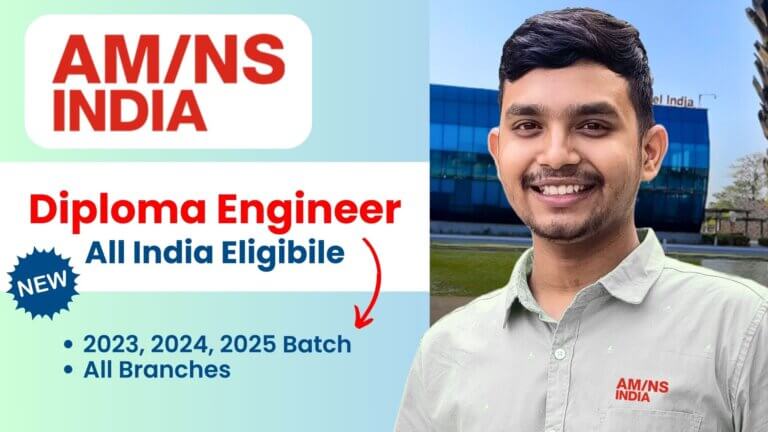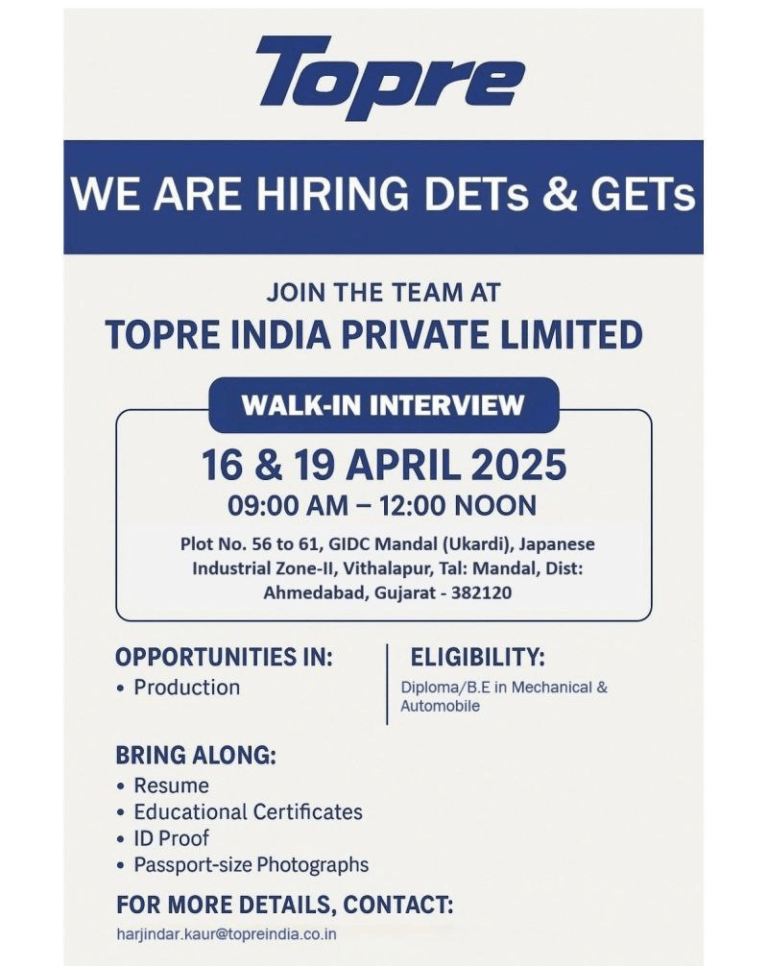Steel is one of the most widely used materials in the world. It is used for everything from buildings and bridges to cars and appliances. But how is steel made? What are the different steps involved in transforming iron ore into steel products?
In this blog post, I will explain the steel-making process of AMNS India, one of the leading steel producers in the country. AMNS India is a joint venture between ArcelorMittal, the world’s largest steel company, and Nippon Steel, Japan’s largest steel company. AMNS India has a production capacity of 9.6 million tonnes per annum (MTPA) and operates across the entire steel value chain.
Here are the main steps of the steel-making process of AMNS India:
Extracting iron ore: The raw material for steel making is iron ore, a mineral containing iron and other elements. AMNS India extracts iron ore from its mines at Thakurani and Sagasahi in Odisha, which have a combined reserve of 1.2 billion tonnes.
Beneficiating iron ore: The extracted iron ore is not pure enough to be used for steel making. It needs to be cleansed and purified to remove impurities such as silica, alumina, and phosphorus. AMNS India does this at its beneficiation facilities at Dabuna, Odisha and Kirandul, Chhattisgarh, where it uses advanced technologies such as hydro cyclones, spirals, and magnetic separators.
Transporting refined iron: The beneficiated iron ore is then transported to the pellet facilities through an extensive network of slurry pipelines. Slurry pipelines are pipes that carry a mixture of water and solid particles (in this case, iron ore) under high pressure. AMNS India has the longest slurry pipeline in the world, spanning 253 km from Dabuna to Paradeep.
Pelletizing iron ore: The refined iron ore is then converted into pellets, which are small balls of iron ore that have uniform size and quality. Pellets are easier to handle, transport, and use than raw iron ore. AMNS India has two port-based pellet facilities at Paradeep, Odisha and Visakhapatnam, Andhra Pradesh, with a combined capacity of 20 MTPA.
Shipping iron pellets: The iron pellets are then shipped through cargo ships to the port at Hazira in Gujarat, where AMNS India has its main steel-making facility. Hazira is strategically located near major markets and customers in western India.
Conveying iron pellets: The iron pellets are then conveyed from the port to the Hazira facility through several conveyor belts that cover a distance of 8 km. The conveyor belts are designed to minimize dust emissions and environmental impact.
Converting iron into steel: The iron pellets are then converted into molten iron or direct reduced iron (DRI) using different technologies such as blast furnaces, MIDREX, and COREX. A blast furnace is a traditional method that uses coke (a form of coal) and limestone to produce molten iron. MIDREX and COREX are newer methods that use natural gas or coal gas to produce DRI, which is solid iron with low carbon content.
Refining steel: The molten iron or DRI is then processed through an electric arc furnace (EAF) and CONARC to achieve the required steel quality. EAF is a furnace that uses electric currents to melt scrap metal and DRI and produce liquid steel. CONARC is a technology that combines EAF and continuous casting to produce slabs of steel.
Rolling steel: The steel slabs are then rolled into different shapes and sizes using hot rolling mills and cold rolling mills. Hot rolling mills use high temperatures to roll steel slabs into coils or plates. Cold rolling mills use lower temperatures to roll steel coils into thinner sheets or strips.
Customizing steel: The steel products are then customized as per specific requirements using various processes such as galvanizing, colour coating, annealing, pickling, etc. Galvanizing is a process that coats steel with zinc to prevent corrosion. Colour coating is a process that applies paint or resin to steel to enhance its appearance and durability. Annealing is a process that heats and cools steel to improve its strength and ductility. Pickling is a process that removes scale and rust from steel using acid solutions.
Distributing steel: Customized steel products are then distributed to various service centres and hyper-marts across the country through railways or other commercial vehicles. Service centres offer value-added services such as cutting, bending, welding, etc. Hyper-marts are retail outlets that offer ready-to-use steel products for end consumers.
Delivering steel solutions: The final step is to deliver steel solutions to customers across various sectors such as automotive, construction, infrastructure, energy, etc. AMNS India has a strong customer base and a wide product portfolio that caters to diverse needs and applications.
I hope this blog post has given you a clear understanding of the steel-making process of AMNS India. If you want to learn more, you can also watch this video that I have published on my YouTube channel Polytechnic Walle, where I explain the process in detail. I am Manish Mahato, a diploma holder in metallurgical engineering from Government Polytechnic Dhanbad, and I am passionate about sharing my knowledge and insights on steel and other metals. Thank you for reading and watching!


